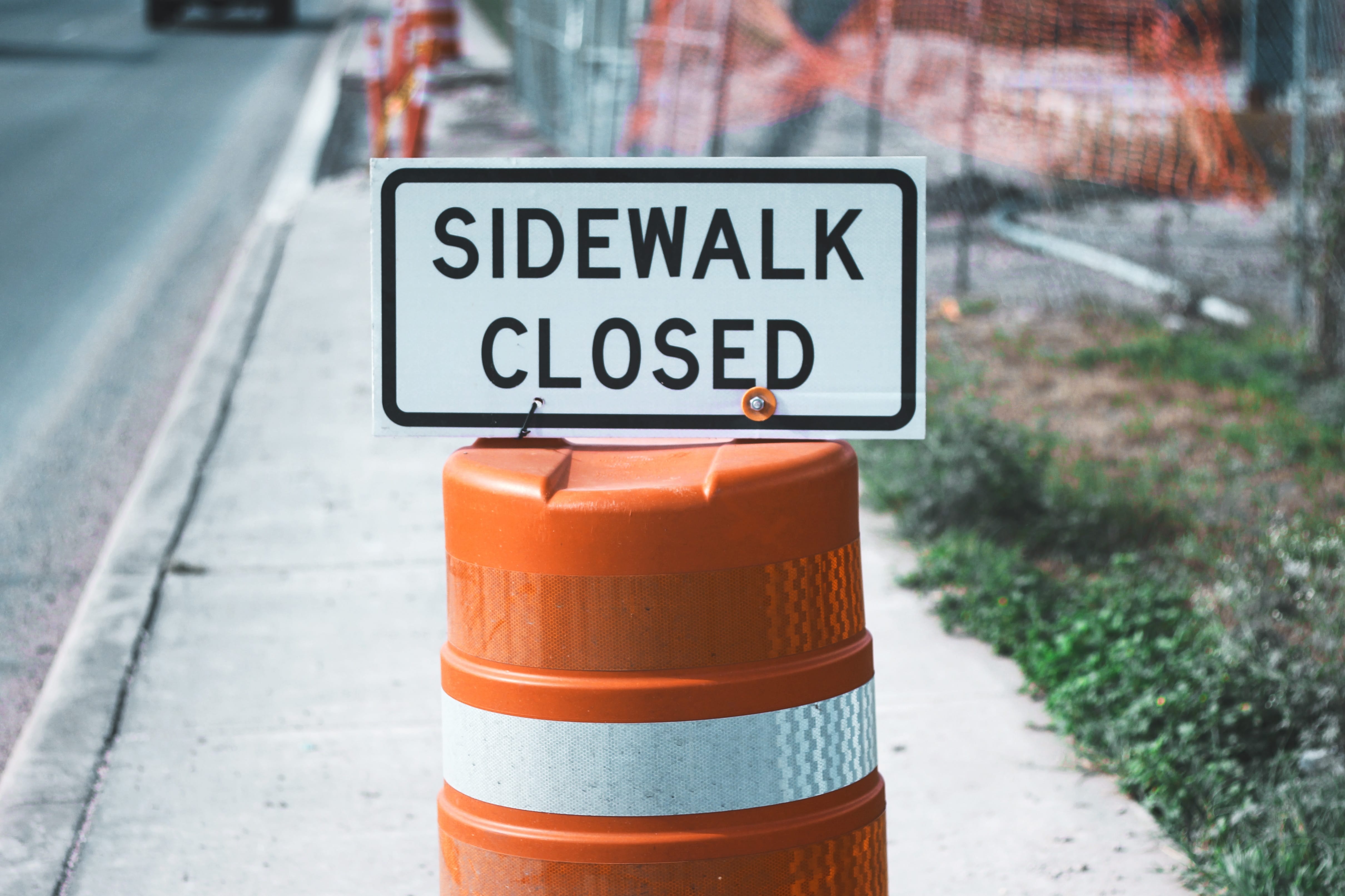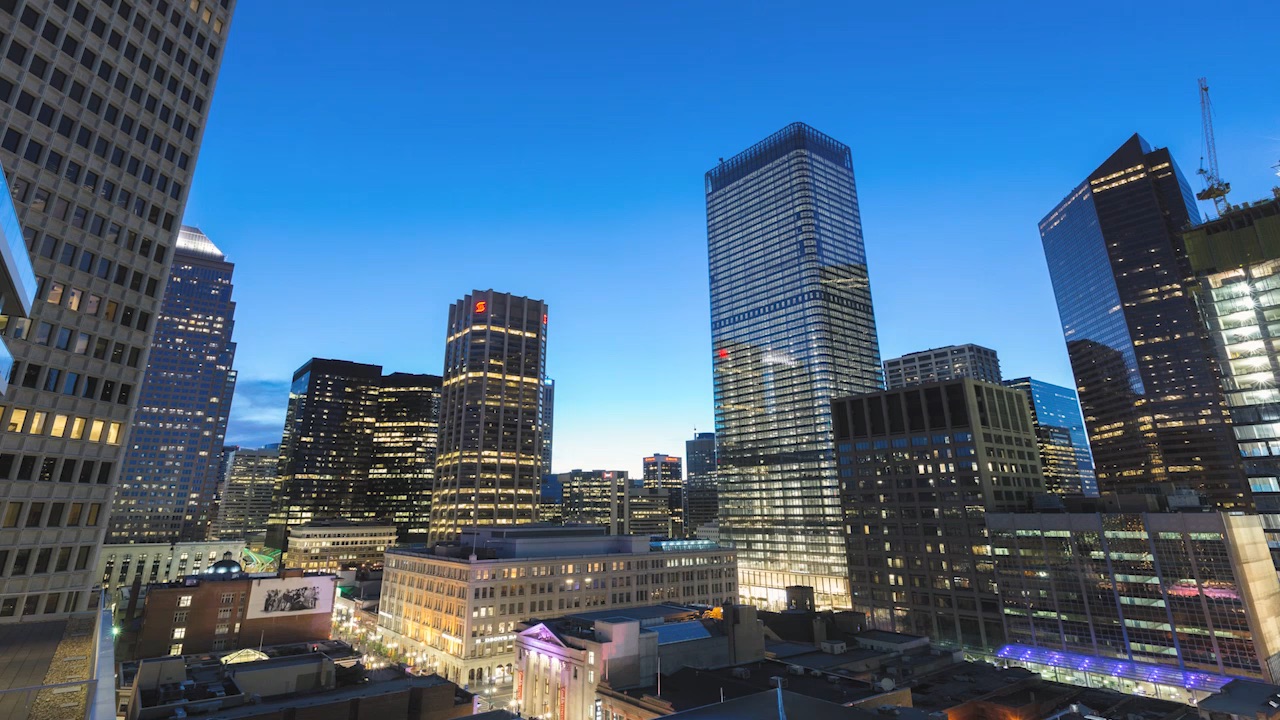
Occupiers Liability: What Does it Mean For You?
January 5, 2018
When someone is injured on a premises (i.e. a home, a shopping mall, a store, an office, etc.), they may seek financial compensation for their injuries. While this may seem straightforward, it raises a number of questions. Who would they sue for damages? Would it be the owner of the premises? What about the landlord? Or would it be the person renting it? What if there was more than one owner or one renter? What if the owner or landlord has control over the premises at the same time as the renter? What is someone is subleasing the property? Who is liable then? Here is what you need to know about occupiers liability.
Occupiers’ Liability Claims
These types of claims can be brought against any person or body that had control over a premises where an injury occurred.
“Occupier” does not mean owner. Under the Occupiers’ Liability Act the most relevant consideration is control. This means if you have a “degree of possession of a property,” on a temporary, partial, or full-time basis, you could be legally be considered an occupier of that property.
Practically, this means that property owners, managers, landlords, tenants, or temporary lessees could be all considered occupiers, and it is possible for there to be more than one legal occupier at one time. For example: when a landlord and tenant working in the same space, or when an organization rents its playing field to a sports group – liability may be shared.
In the case of shared spaces or multiple occupiers, such as a landlord and tenants, ensure that the lease agreement clearly states the responsibilities of each party. The agreement should identify:
- What areas each party is responsible for;
- What party is responsible for inspection, maintenance, repairs, etc; and
- The liabilities of each party.
Taking Steps to Avoid Claims
As an occupier, it is important to protect those who visit your premises, but it is also important to protect yourself. The best way to avoid liability is to prevent losses from occurring in the first place. This can be done by diligently keeping your premises free from hazards.
As an occupier, you and your organization are required to keep areas – such as aisles, stairs, ramps, walkways, driveways and parking lots – reasonably safe for the people who use them. Common hazardous conditions include:
- Ice and snow that has not been cleared;
- Unexpected elevation changes;
- Uneven surfaces due to cracks, gaps or potholes;
- Slippery surfaces, such as wet floors or tile flooring;
- Missing or loose handrails on stairs;
- Debris on walkways, such as boxes in aisles; and/or
- Inadequate lighting.
The Occupiers’ Liability Act: What You Need to Know
The Occupiers’ Liability Act specifically outlines some of the responsibilities of an occupier, and what duty of care is required. These provisions in the Act are particularly important to know because they are what the court will look at in the event a claim for damages is made. While each case is fact specific, the law is the same.
Some of the most important provisions related to what is expected of an occupier are:
“s.1 Definitions
In this Act,
(a) “common duty of care” means the duty of care of an occupier of premises to visitors provided for in section 5.
5. Duty of care to visitors
An occupier of premises owes a duty to every visitor in the occupier’s premises to take such care as in all the circumstances of the case is reasonable to see that the visitor will be reasonably safe in using the premises for the purposes for which the visitor is invited or permitted by the occupier to be there or is permitted by law to be there.
6. When common duty of care applies
The common duty of care applies in relation to”
(a) the condition of the premises
(b) activities on the premises
(c) the conduct of third parties on the premises.
7. Risks willingly accepted
An occupier is not under an obligation to discharge the common duty of care to a visitor in respect of risks willingly accepted by the visitor.”
An occupier is not solely responsible for any injury that occurs. The Act provides occupiers with some protection by explicitly indicating that if a visitor accepts the risks willingly at the premises, the occupier is not necessarily liable.
Keeping Records
Diligence as an occupier is not only ensuring a safe environment, but also includes keeping thorough and consistent documentation. That way, if a claim is ever to arise, you have been thorough in your maintenance and have proof of your diligent maintenance and it will make the claim easier to defend.
What is Needed to Prove a Claim
When a claim is brought against an occupier, the claimant must prove that the standard of care (or duty of care) owed to them was breached.
The court will look at the following to determine whether your organization did not apply the appropriate standard of care and are therefore potentially responsible for the injuries that resulted:
- Whether the danger was foreseeable;
- Whether the occupier’s conduct was in accordance with acceptable standards of practice;
- Whether there was an adequate system of inspection in place (considering the risks involved) and whether it was carried out;
- Whether the danger was allowed to exist for an unreasonable length of time; and
- The ease with which the danger could have been prevented.
Occupiers liability can get complicated, particularly when there are multiple occupiers or there is a complex or novel situation. At HMC Lawyers, our lawyers can help you protect yourself by assessing potential liability, or drafting agreements to outline what parties are responsible for what areas. If a claim has been brought against you, we can help with that as well. To discuss how we can help you with your occupiers’ liability questions or claims made against you, contact us online or call 1-800-480-3534. Wherever necessary, we are available to travel throughout the province of Alberta and Western Canada.
